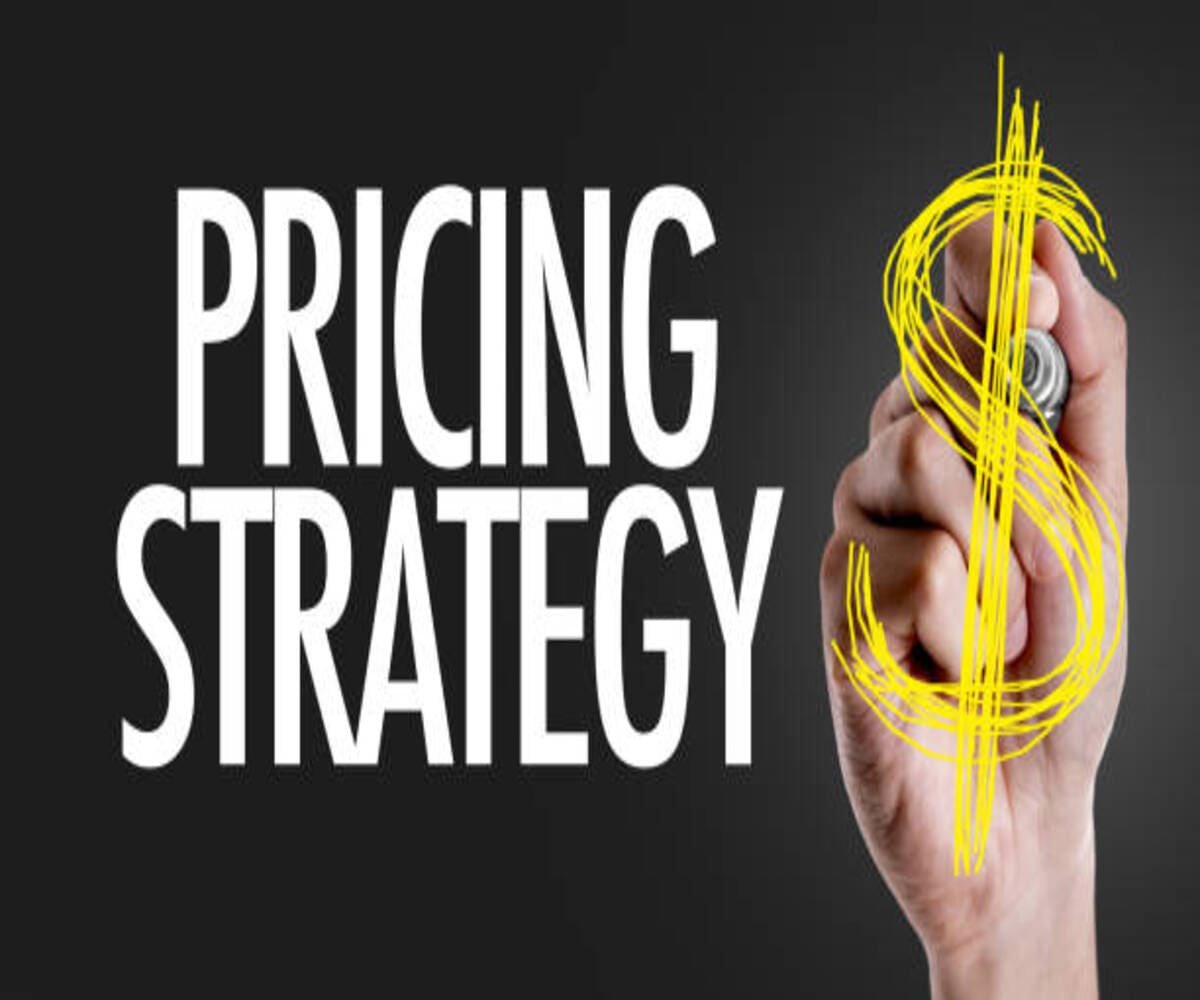Introduction
Pricing is a crucial element of a company’s marketing strategy. The right pricing policy ensures competitiveness, maximizes profits, and attracts customers. Companies use different pricing policies based on their objectives, market conditions, and consumer behavior.
This guide explores the types of pricing policies, their significance, and best practices for effective pricing management.
1. Importance of Pricing Policies
Pricing policies help businesses position their products effectively, manage profitability, and influence customer perception. Well-defined pricing strategies: ✔ Ensure business sustainability and profitability.
✔ Align with customer expectations and purchasing power.
✔ Create a competitive advantage in the market.
✔ Support brand positioning—premium or budget.
✔ Adapt to market demand, supply chain, and economic conditions.
2. Types of Pricing Policies
1. Cost-Based Pricing
Definition:
Cost-based pricing sets prices by adding a fixed percentage profit margin to the production cost.
Best For:
✔ Manufacturers and wholesalers.
✔ Products with stable production costs.
✔ Businesses seeking predictable profit margins.
Example:
A clothing retailer adds a 50% markup to production costs to set the final price.
2. Competition-Based Pricing
Definition:
Pricing is determined based on competitor pricing strategies.
Best For:
✔ Markets with intense competition.
✔ Businesses aiming to gain a competitive edge.
✔ Price-sensitive products like consumer electronics.
Example:
A telecom company lowers subscription rates to match or undercut competitors’ prices.
3. Value-Based Pricing
Definition:
Prices are set based on perceived value to customers rather than production costs.
Best For:
✔ Luxury brands and premium products.
✔ Unique, high-quality offerings.
✔ Service-oriented businesses.
Example:
Apple sets premium prices for iPhones due to their brand perception and innovation.
4. Penetration Pricing
Definition:
A low price is initially set to attract customers and gain market share, later increasing prices.
Best For:
✔ New market entrants.
✔ Subscription-based businesses.
✔ Fast-moving consumer goods (FMCG).
Example:
Streaming services like Netflix offer lower initial rates to attract new subscribers.
5. Skimming Pricing
Definition:
A high initial price is set to maximize revenue from early adopters before gradually lowering prices.
Best For:
✔ New and innovative products.
✔ Technology and electronics.
✔ Businesses seeking to recover R&D costs quickly.
Example:
Gaming consoles like PlayStation launch at high prices and decrease over time.
6. Psychological Pricing
Definition:
Uses pricing tactics to influence consumer perception and buying behavior.
Common Techniques:
✔ Charm Pricing – Setting prices at $9.99 instead of $10.
✔ Prestige Pricing – Using rounded numbers ($500 instead of $499.99) for luxury items.
✔ Bundle Pricing – Offering discounts for product bundles.
Example:
Retail stores use $4.99 instead of $5.00 to make products seem cheaper.
7. Dynamic Pricing
Definition:
Prices fluctuate based on demand, market conditions, or customer behavior.
Best For:
✔ Online retail and e-commerce platforms.
✔ Travel and hospitality industries.
✔ Businesses using AI-driven pricing models.
Example:
Airlines adjust ticket prices based on seasonality and booking demand.
8. Premium Pricing
Definition:
Setting high prices to create an exclusive brand image and attract status-conscious customers.
Best For:
✔ High-end fashion, jewelry, and automobiles.
✔ Luxury and designer brands.
✔ Exclusive or limited-edition products.
Example:
Rolex watches maintain premium pricing to reinforce brand prestige.
9. Economy Pricing
Definition:
Setting low prices with minimal marketing expenses to appeal to cost-conscious customers.
Best For:
✔ Budget brands and generic products.
✔ Large-volume manufacturers.
✔ Low-margin, high-turnover businesses.
Example:
Supermarkets’ in-house brands (e.g., Great Value) offer affordable alternatives.
3. Choosing the Right Pricing Policy
The best pricing policy depends on business goals, market conditions, and customer expectations. Consider these factors when selecting a strategy: ✔ Target Audience – Understand customer behavior and price sensitivity.
✔ Market Competition – Analyze competitor pricing strategies.
✔ Brand Positioning – Decide between premium, mid-range, or economy pricing.
✔ Product Lifecycle Stage – Adjust pricing based on introduction, growth, or decline phases.
✔ Cost Structure – Ensure profit margins align with pricing decisions.
4. Conclusion
Effective pricing policies are essential for business success. By selecting the right pricing strategy, companies can balance profitability, market competitiveness, and customer satisfaction.
Optimize Your Pricing Strategy with SignifyHR
At SignifyHR, we help businesses develop data-driven pricing models to maximize revenue and market share. Contact us today for customized pricing solutions!

